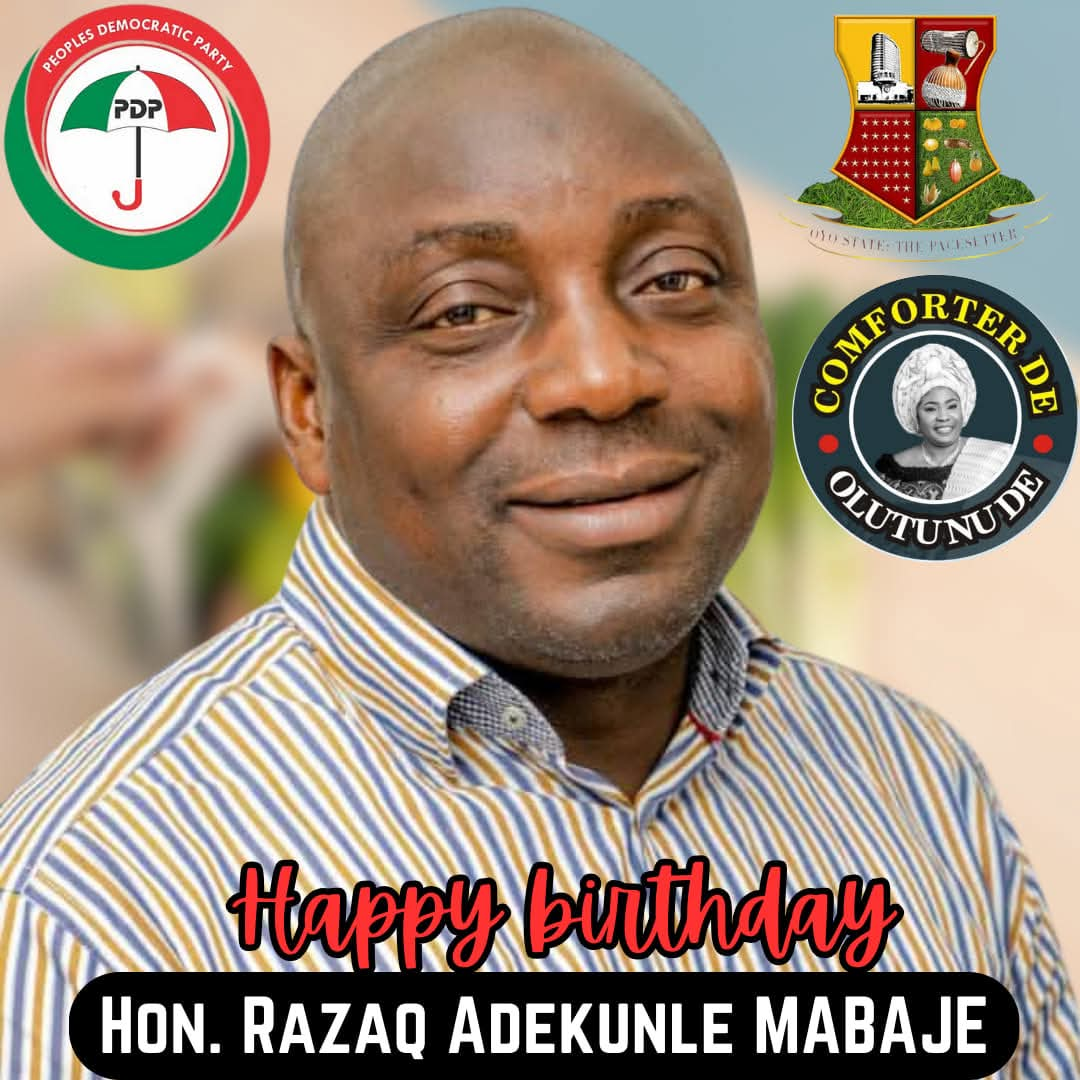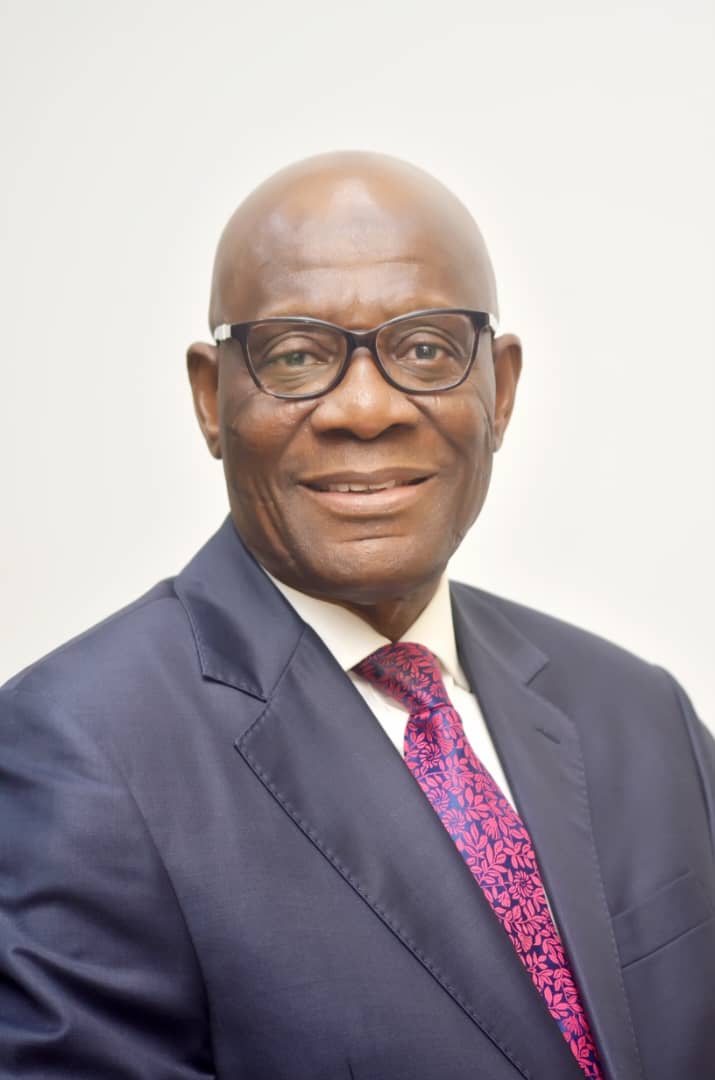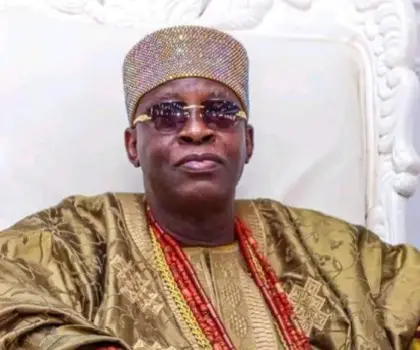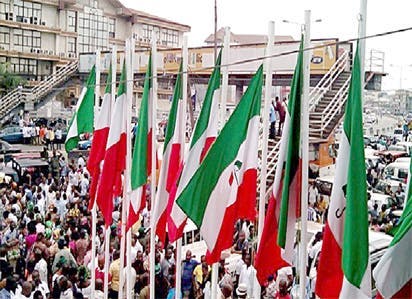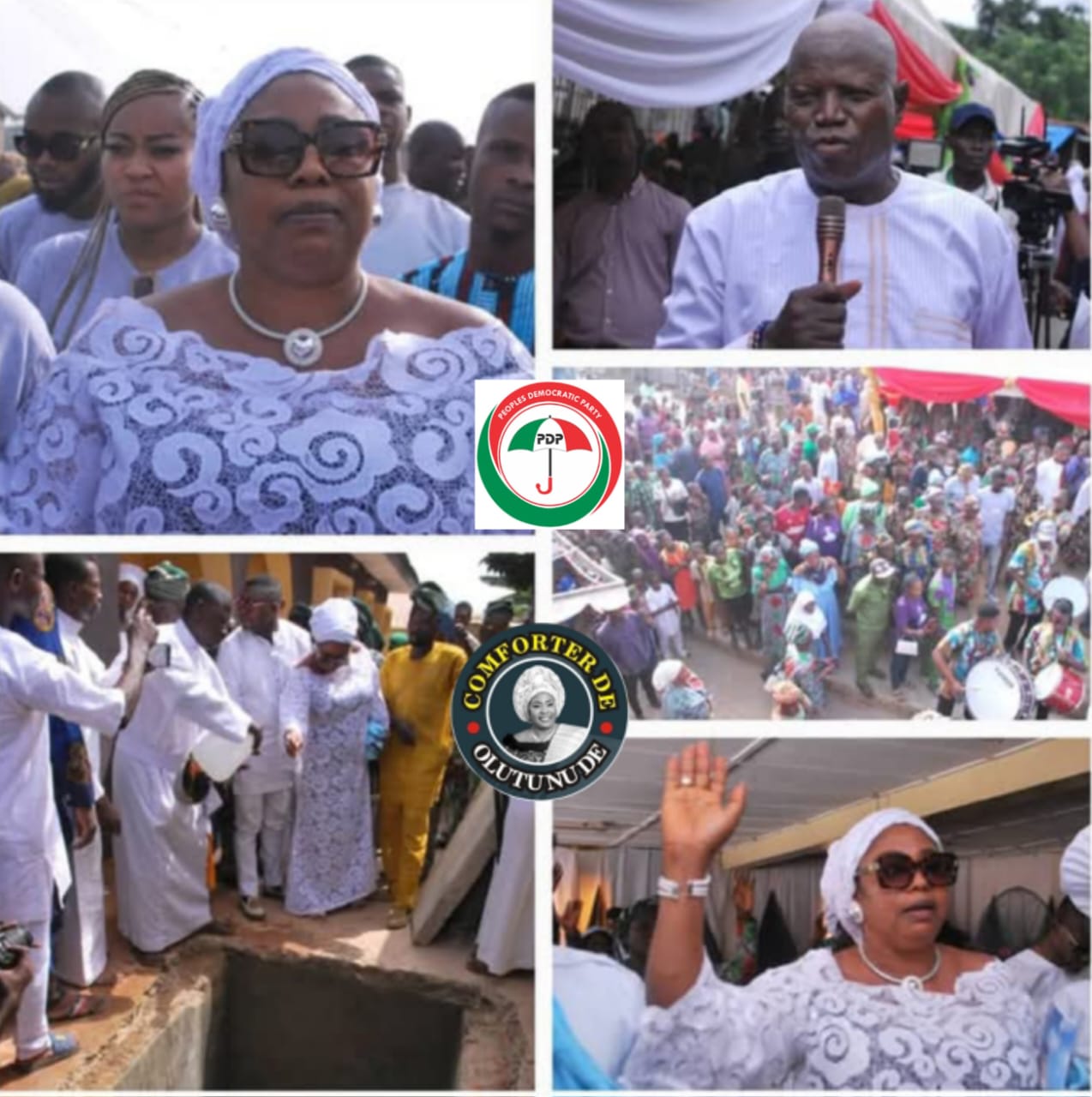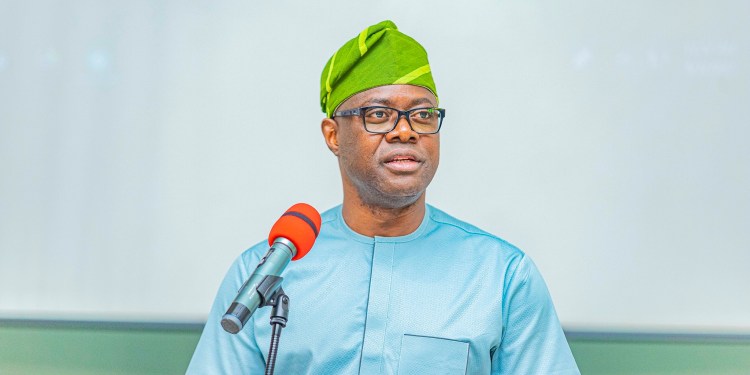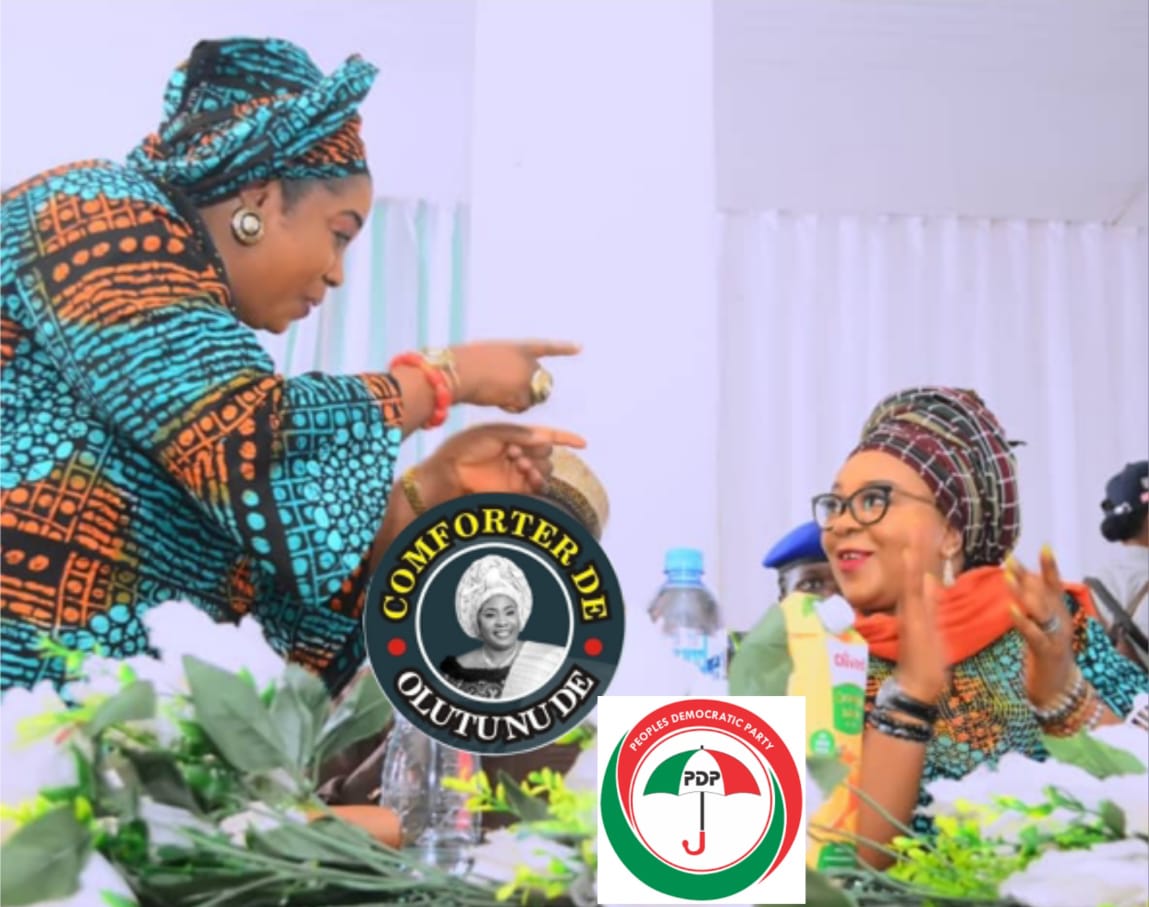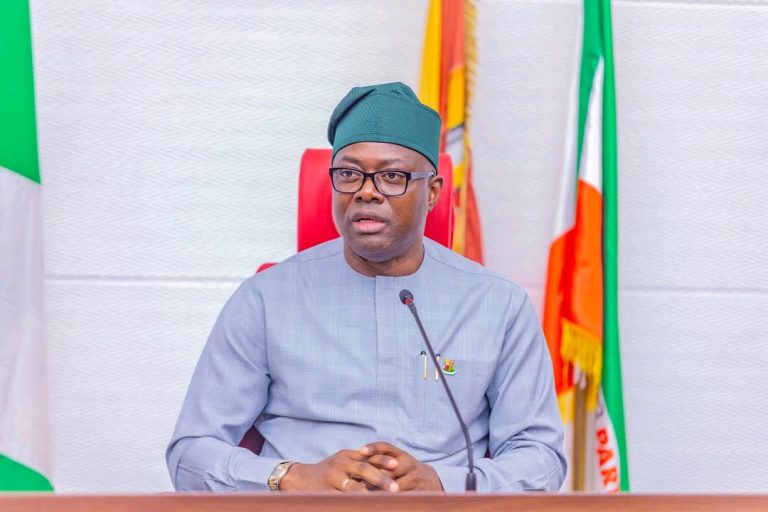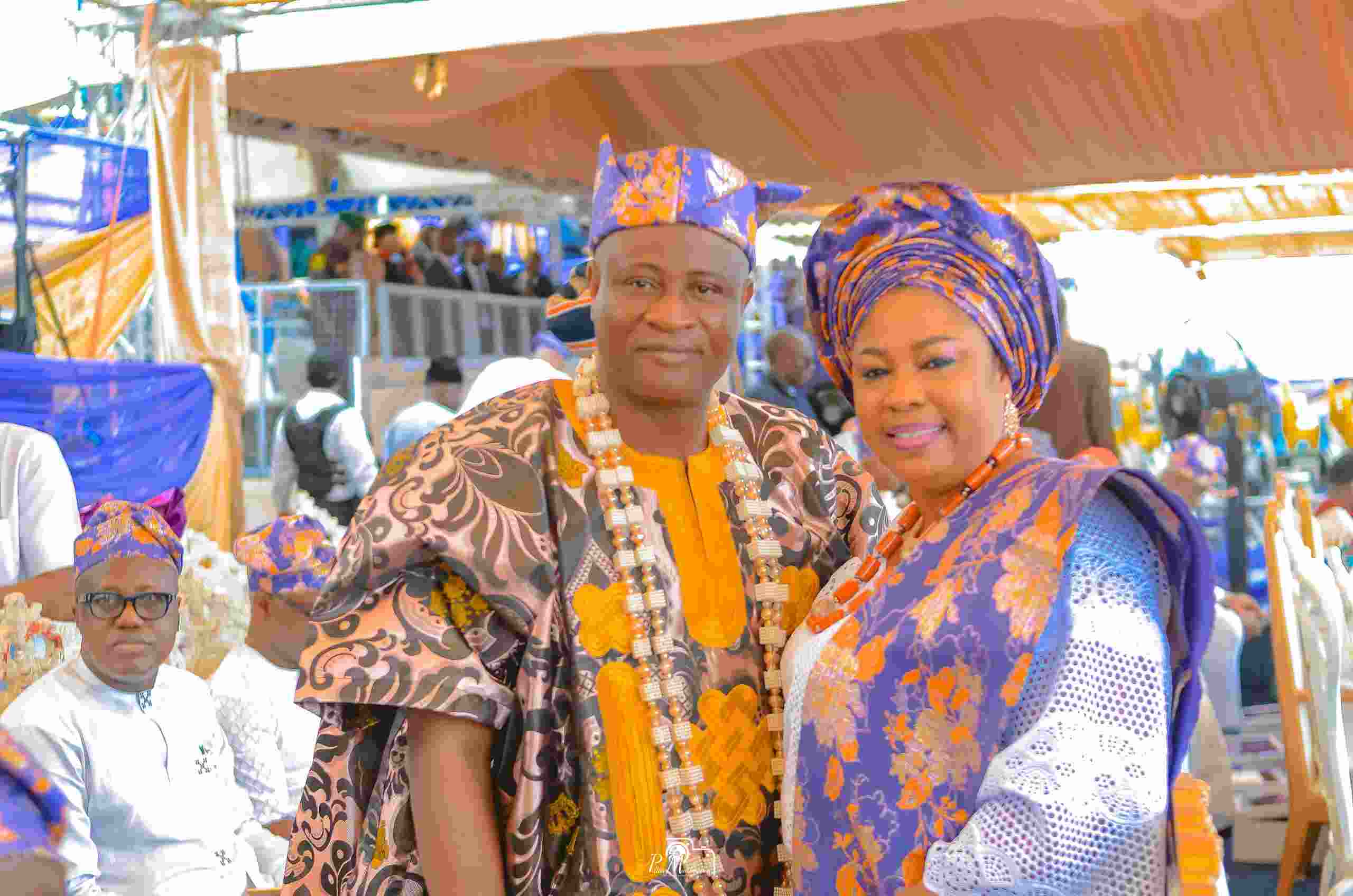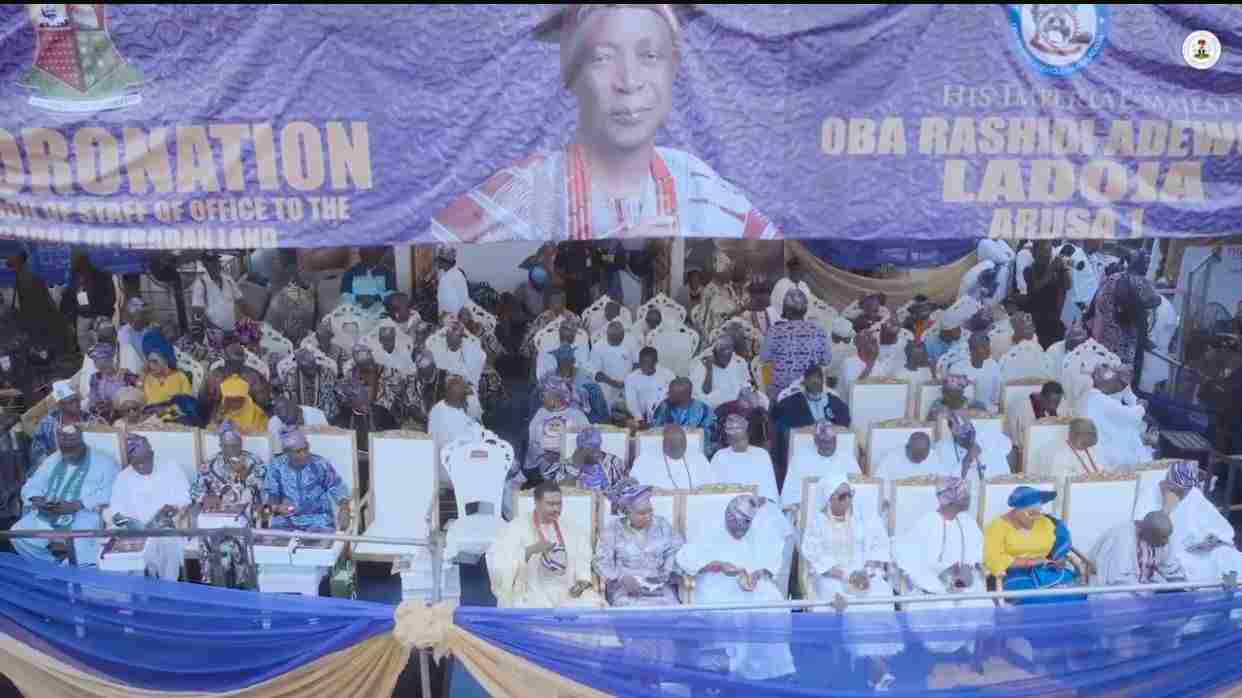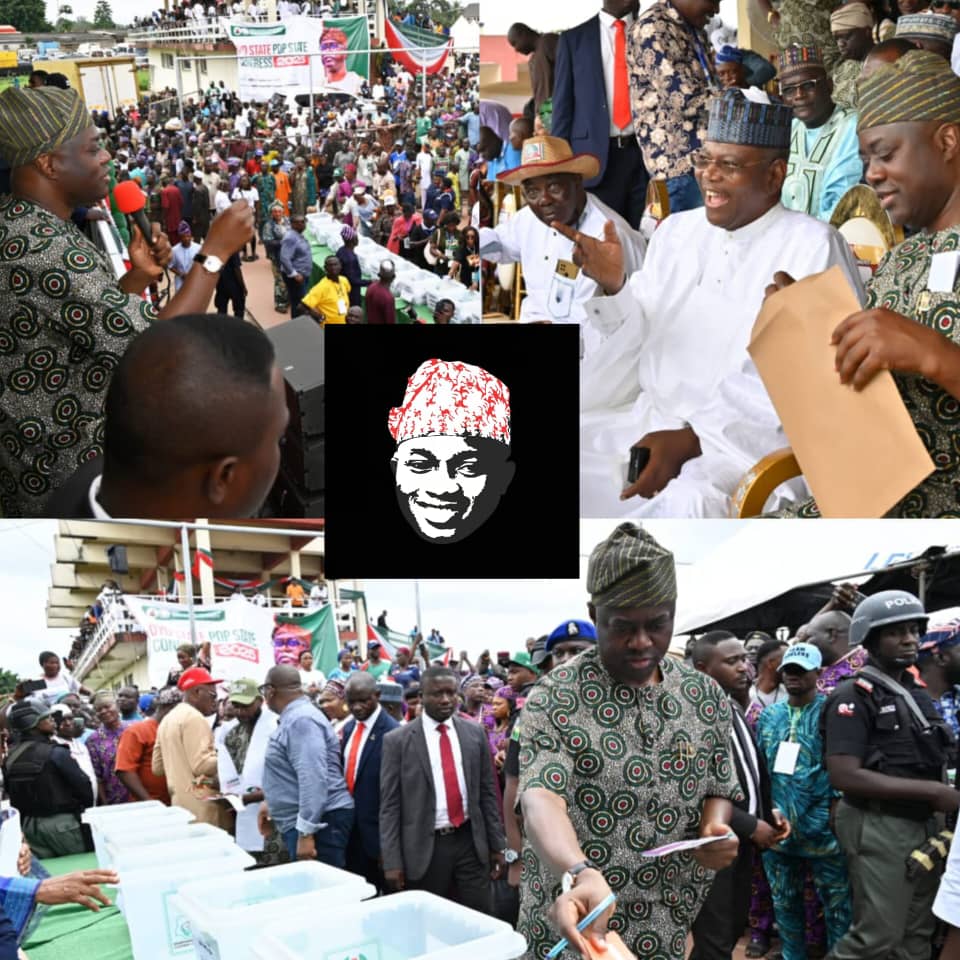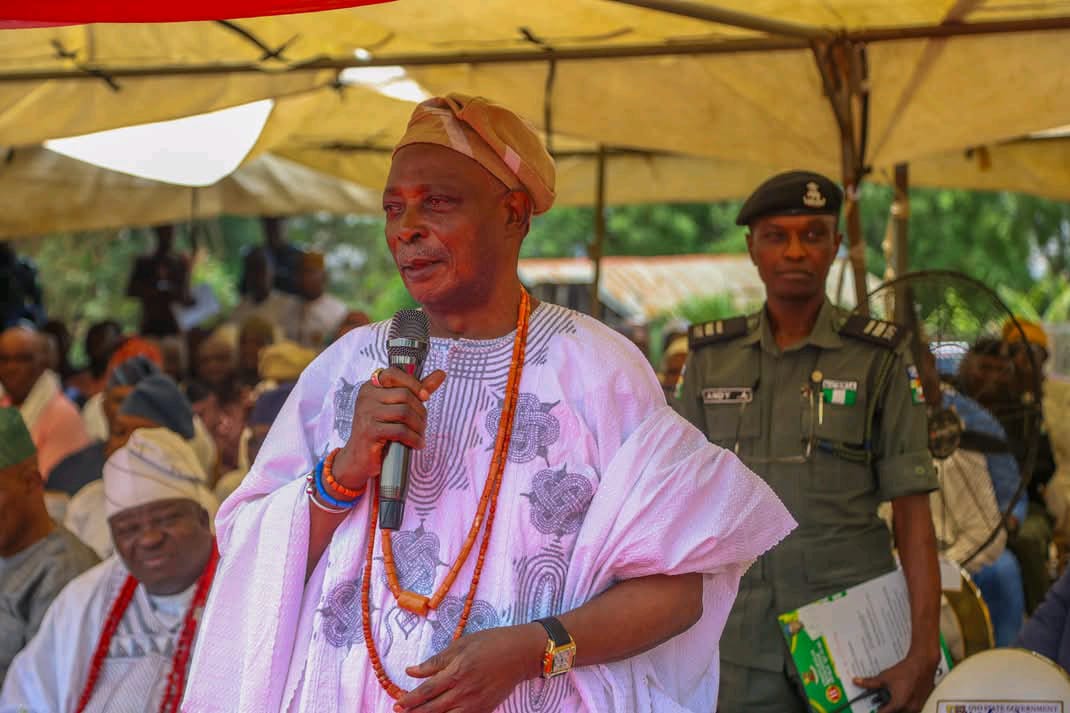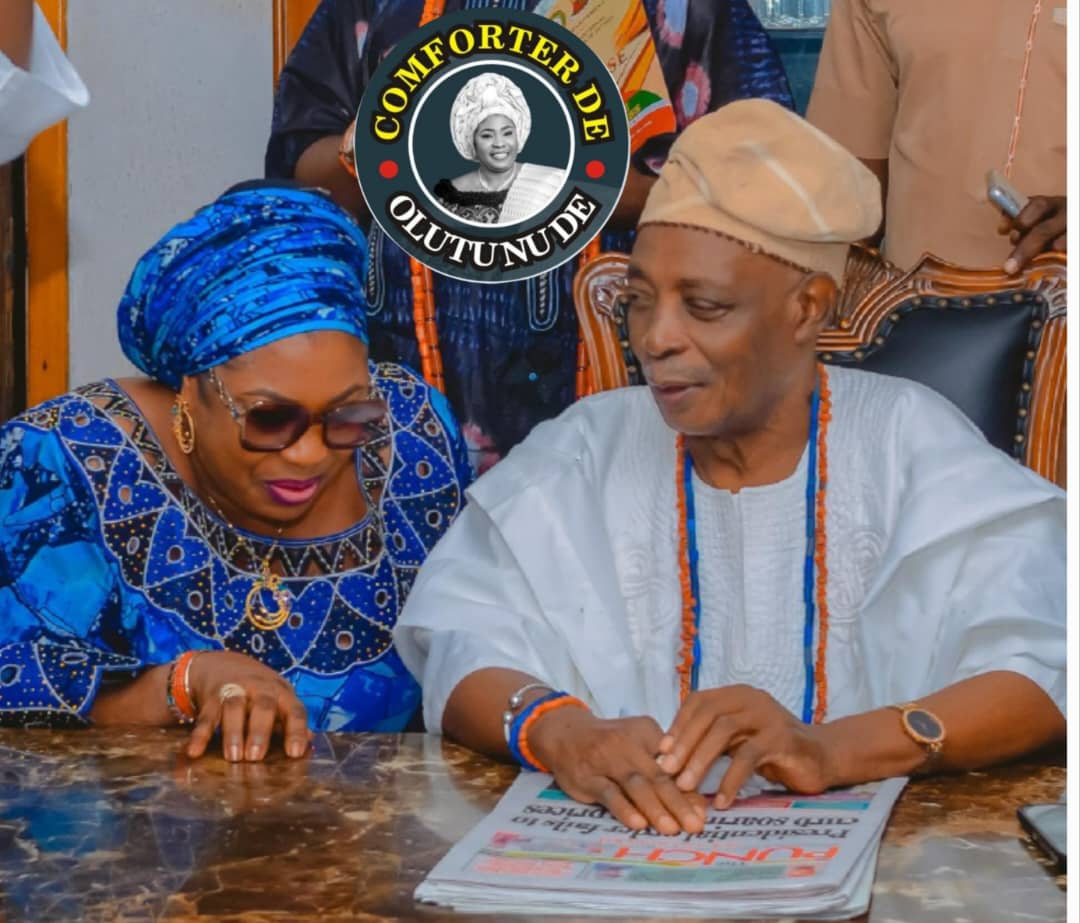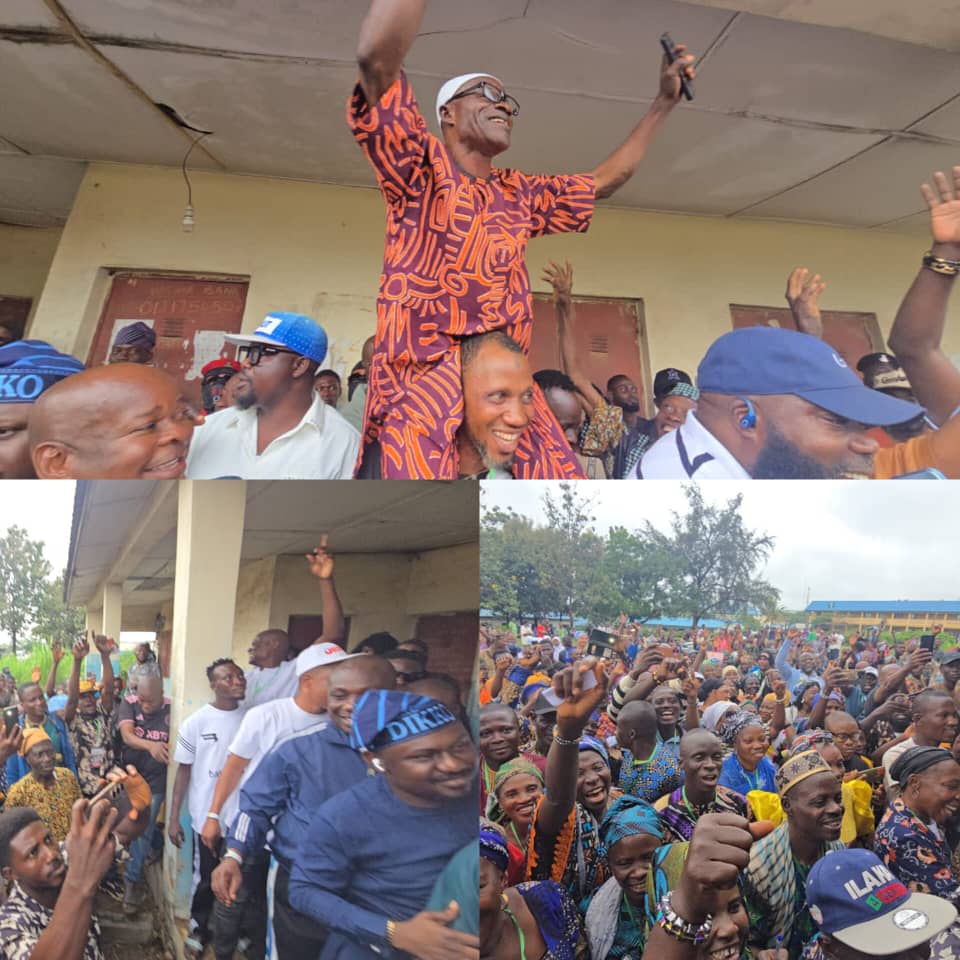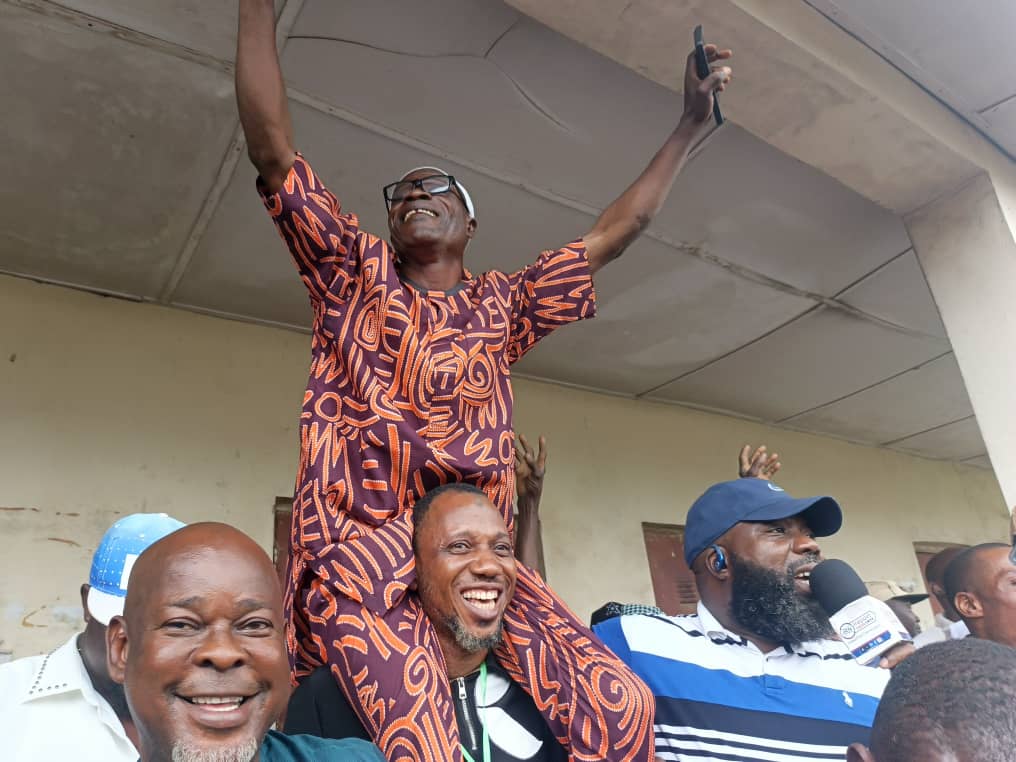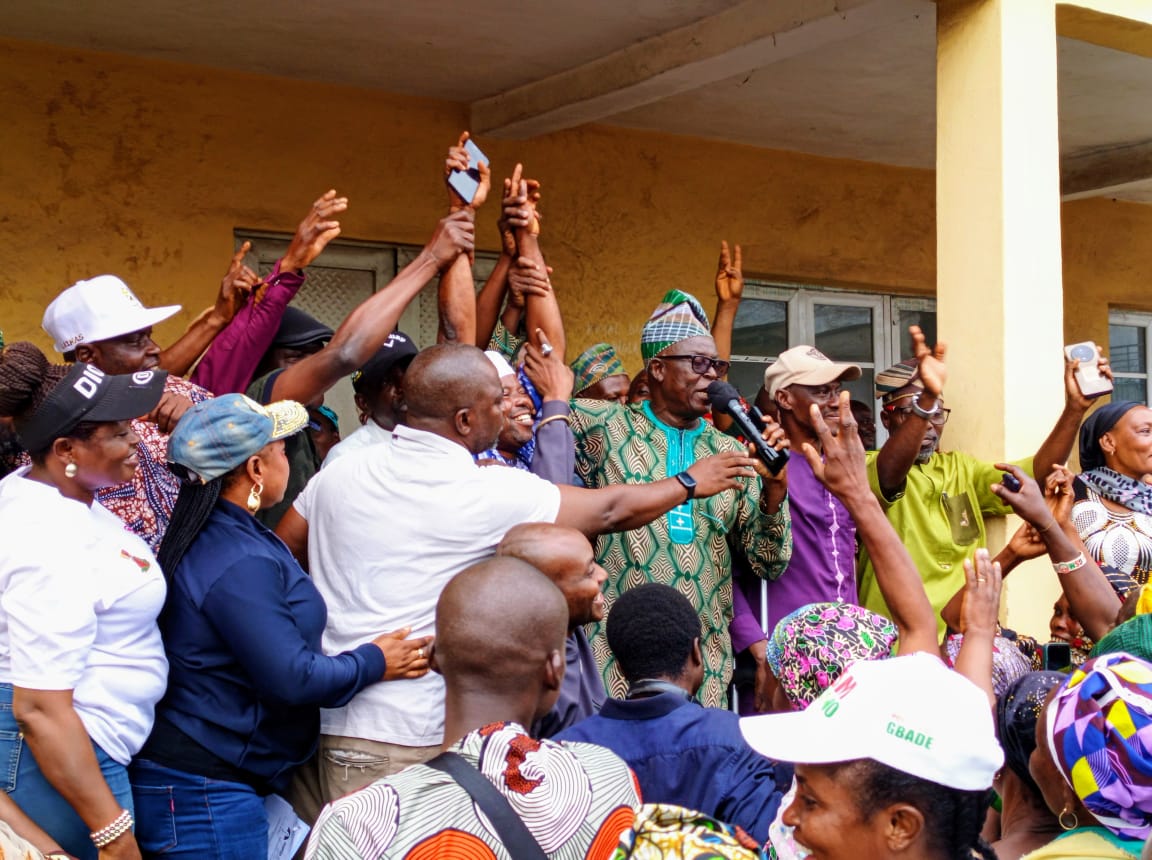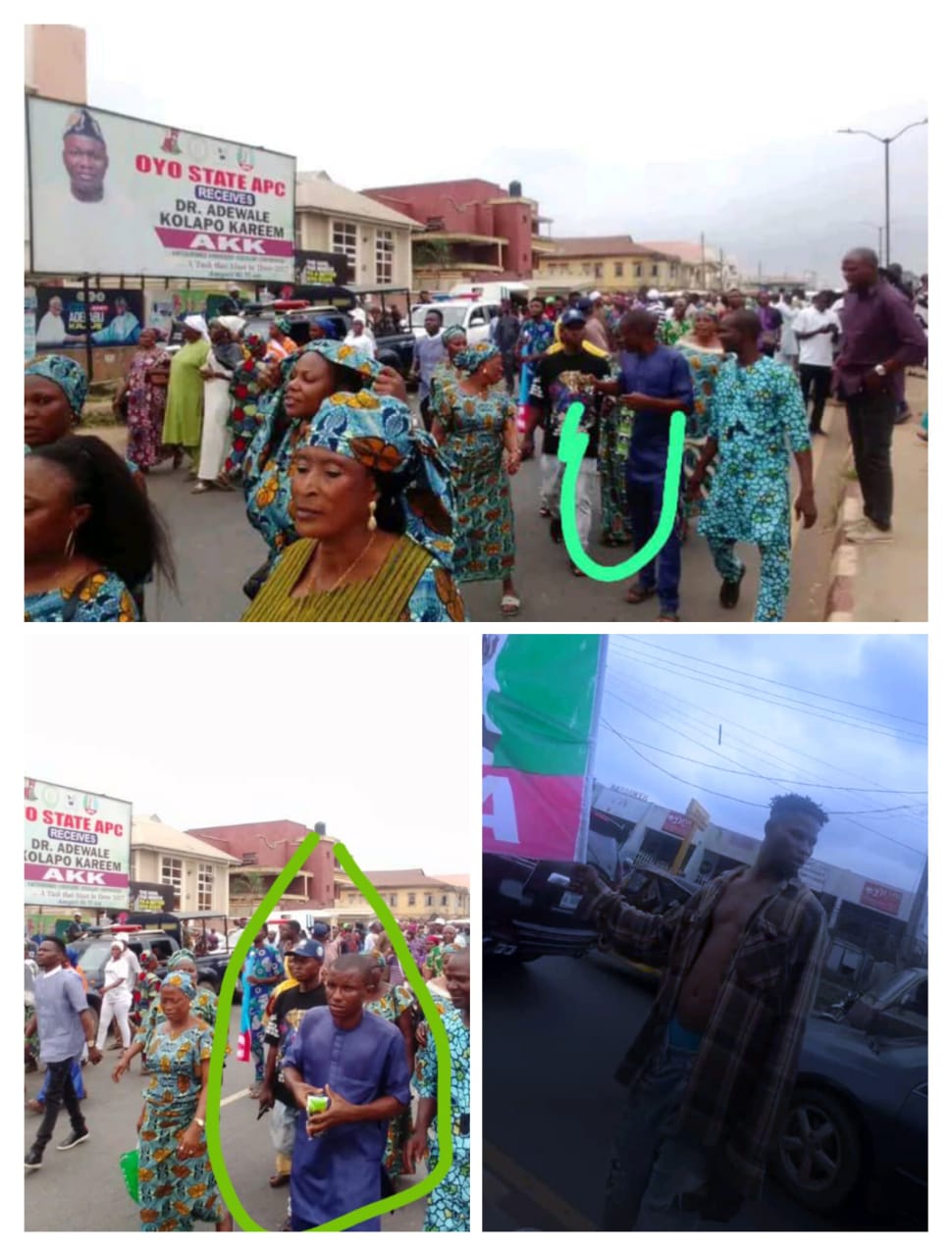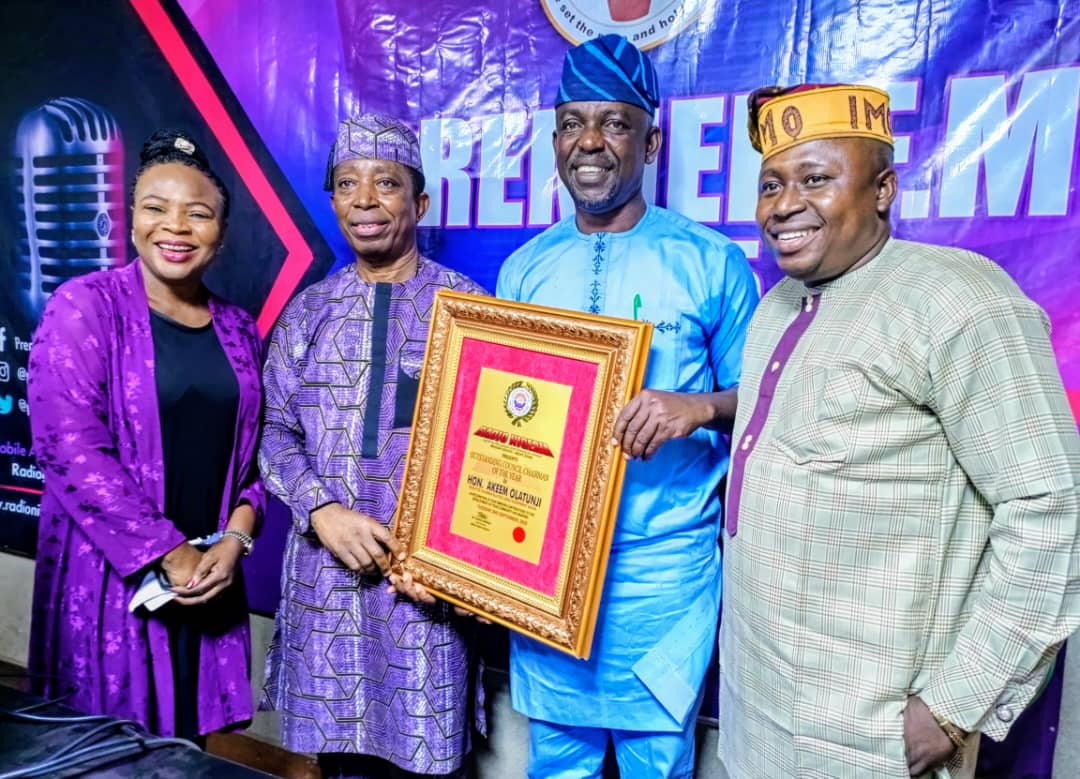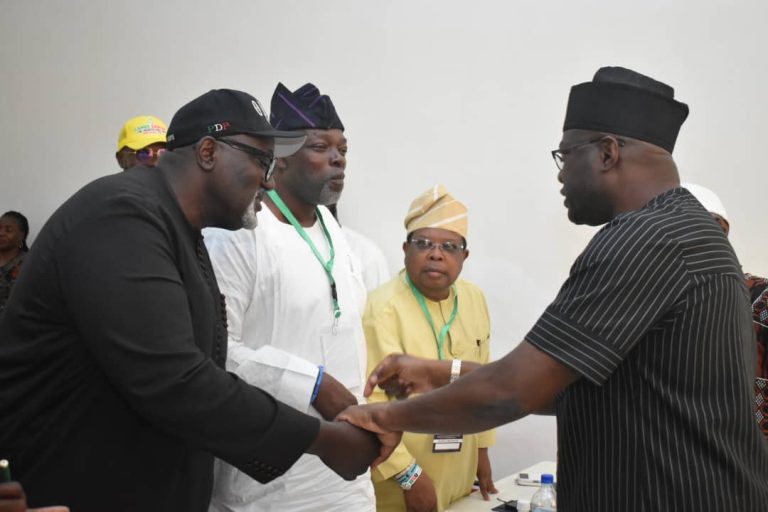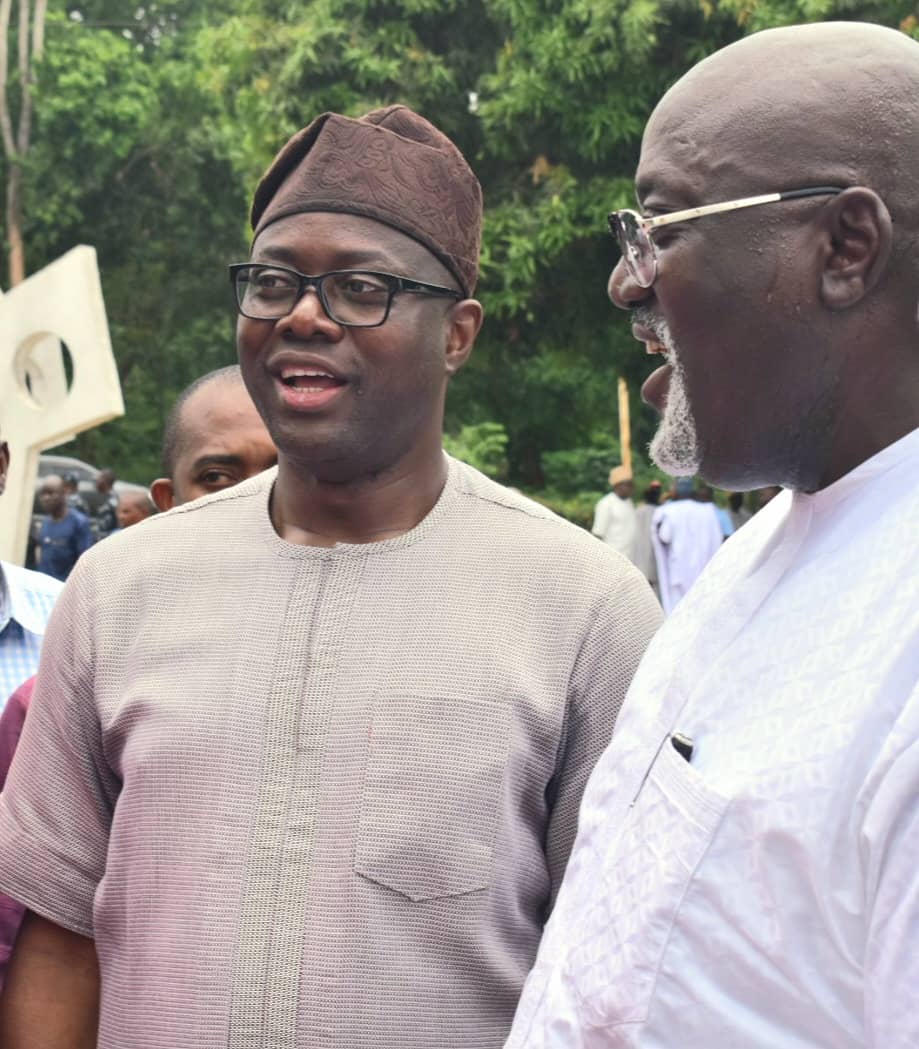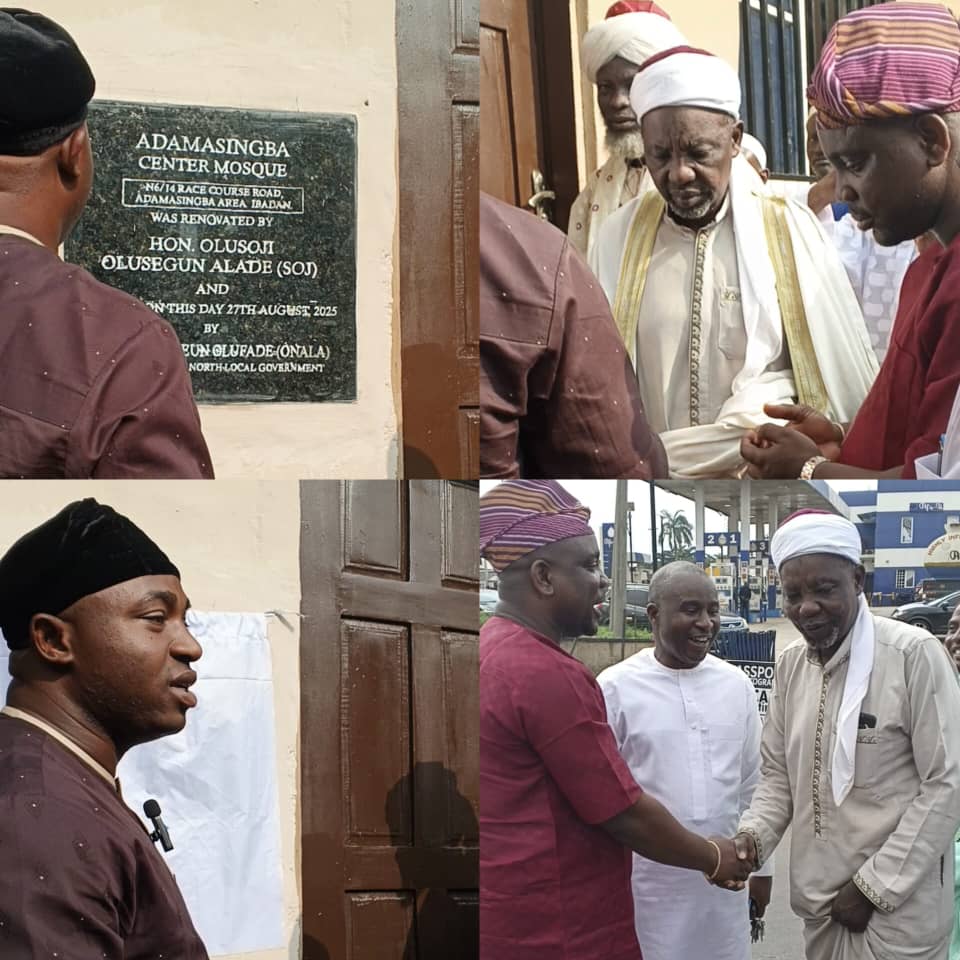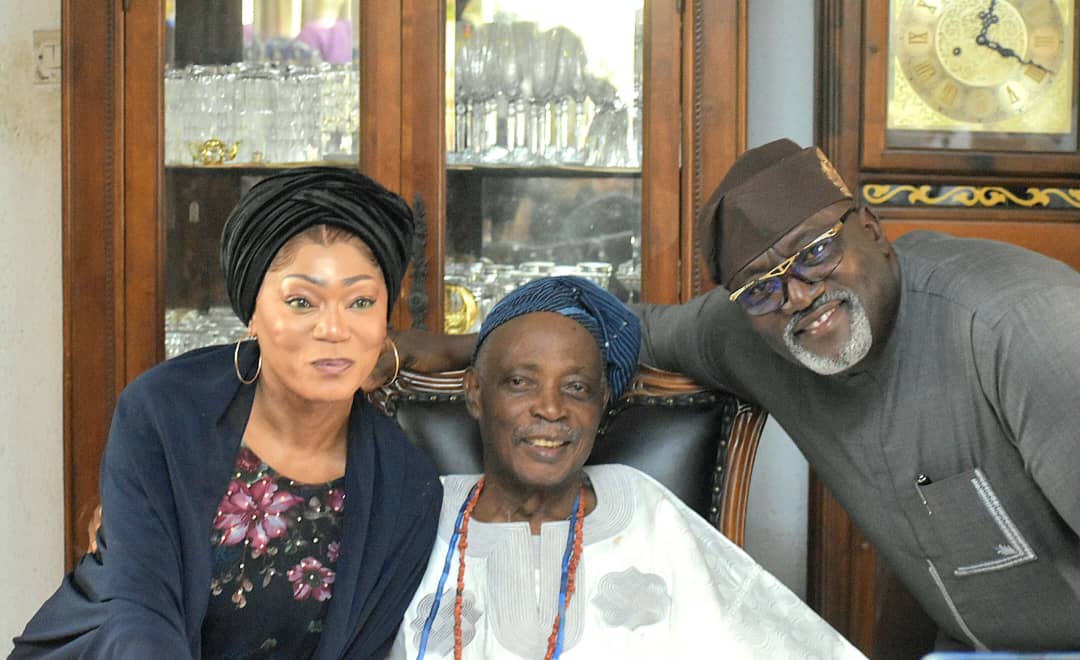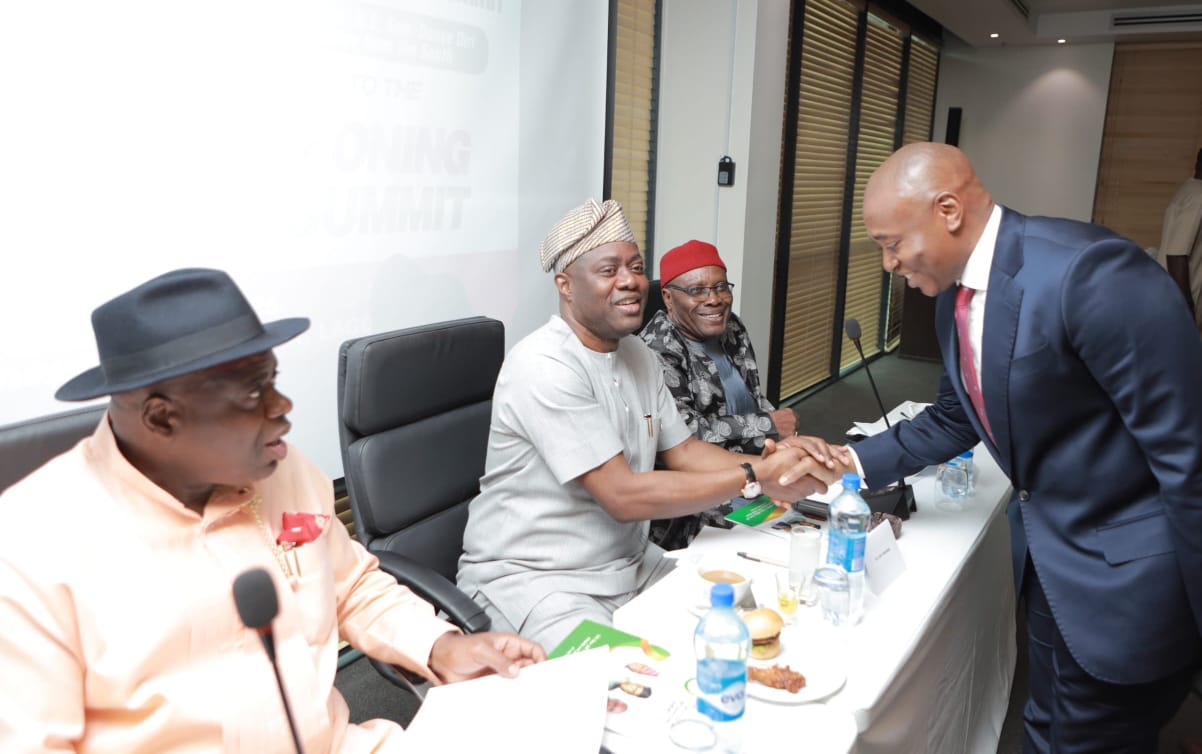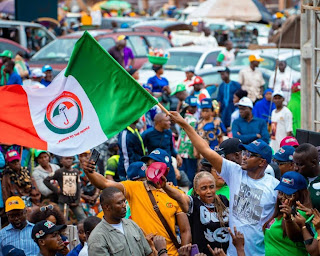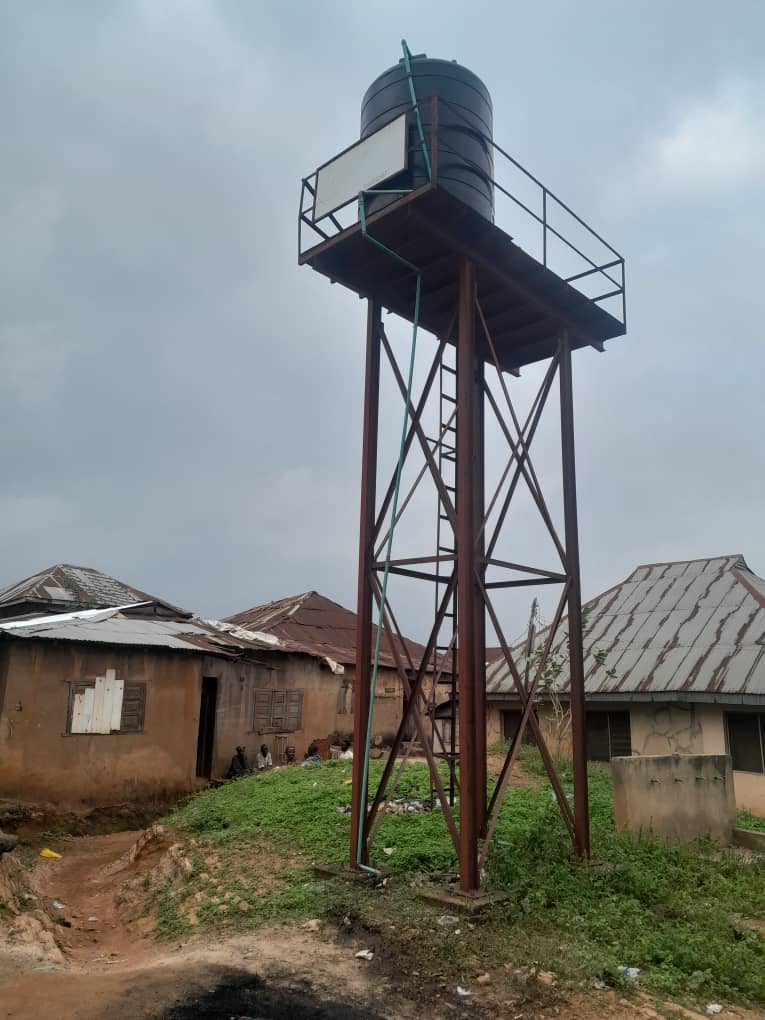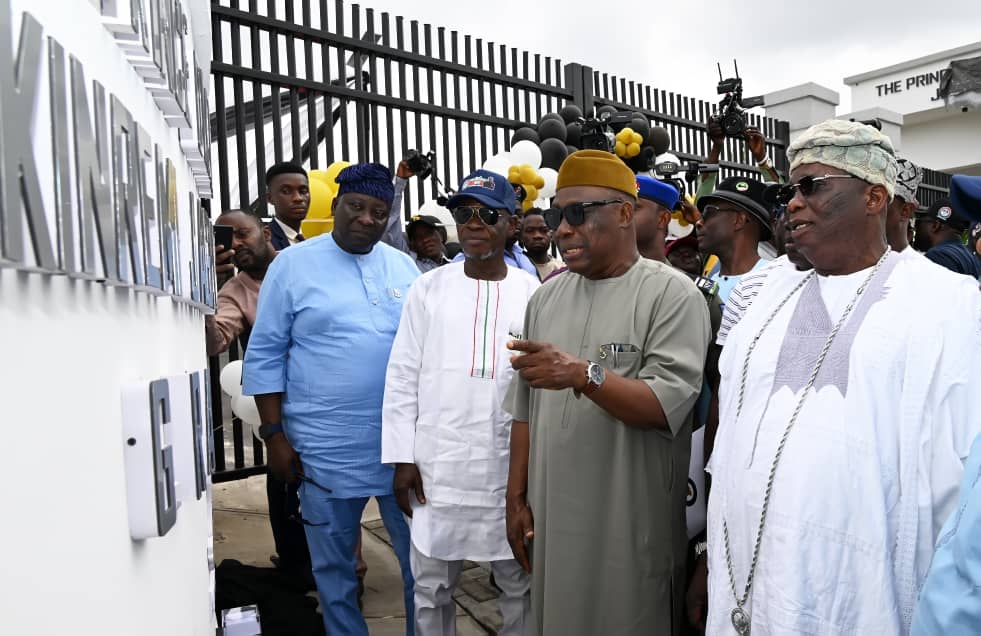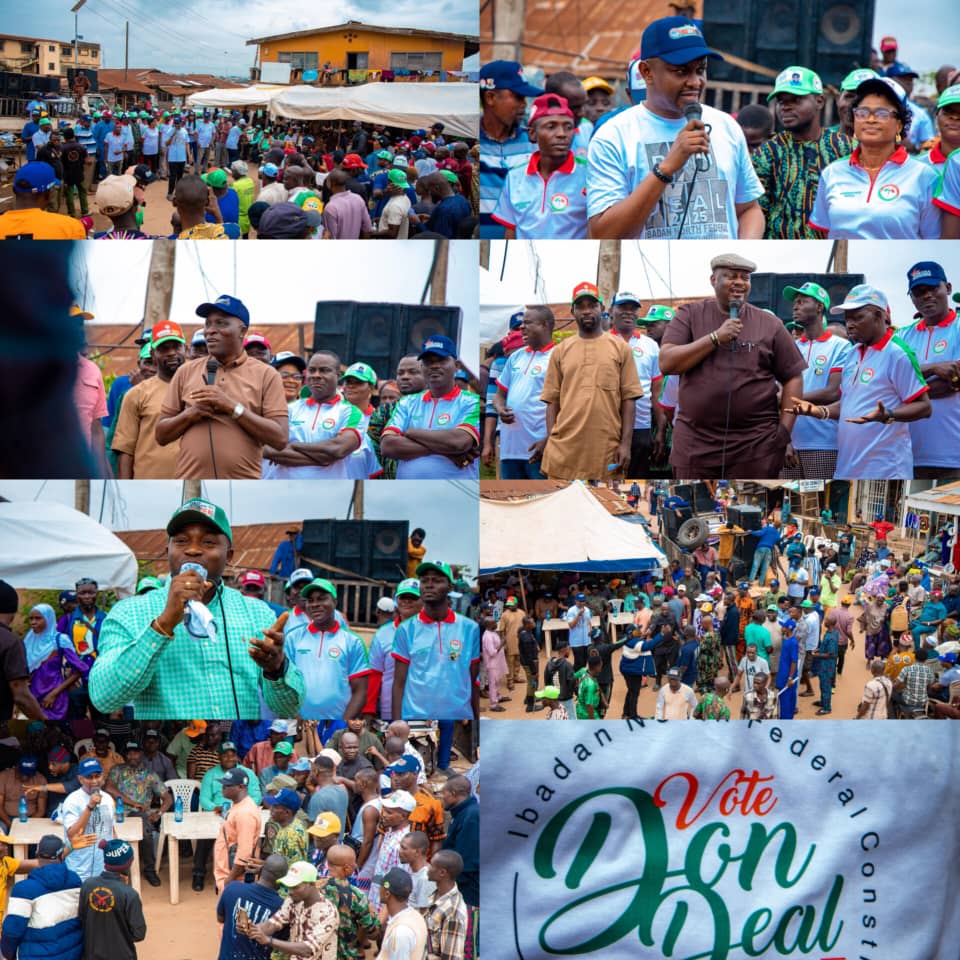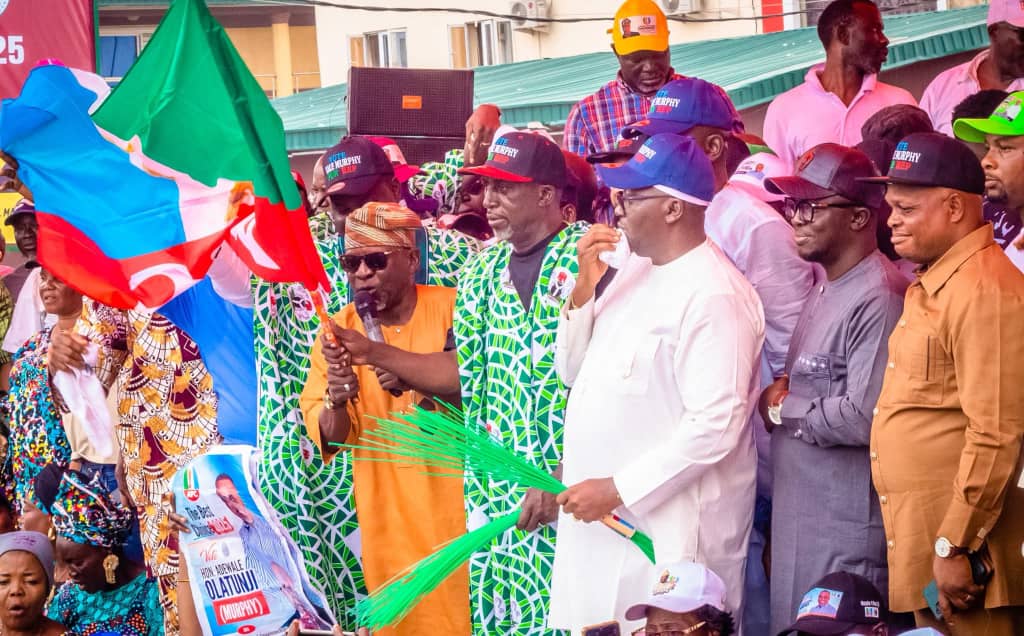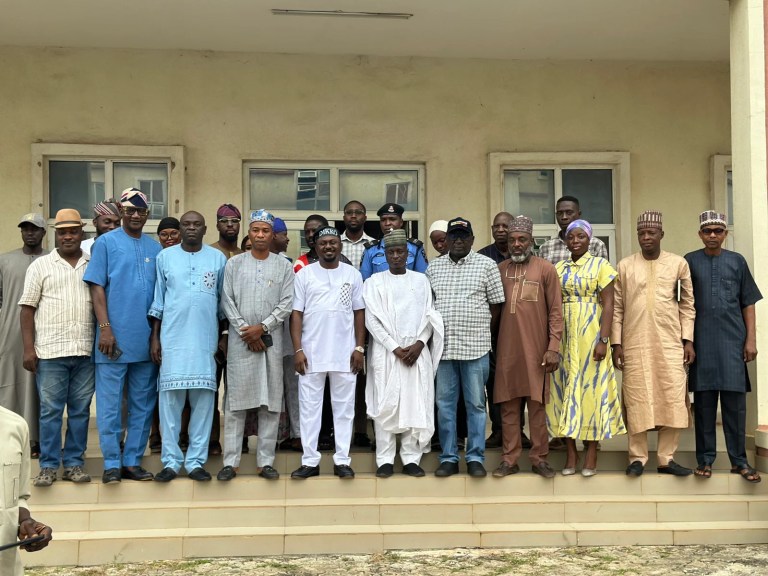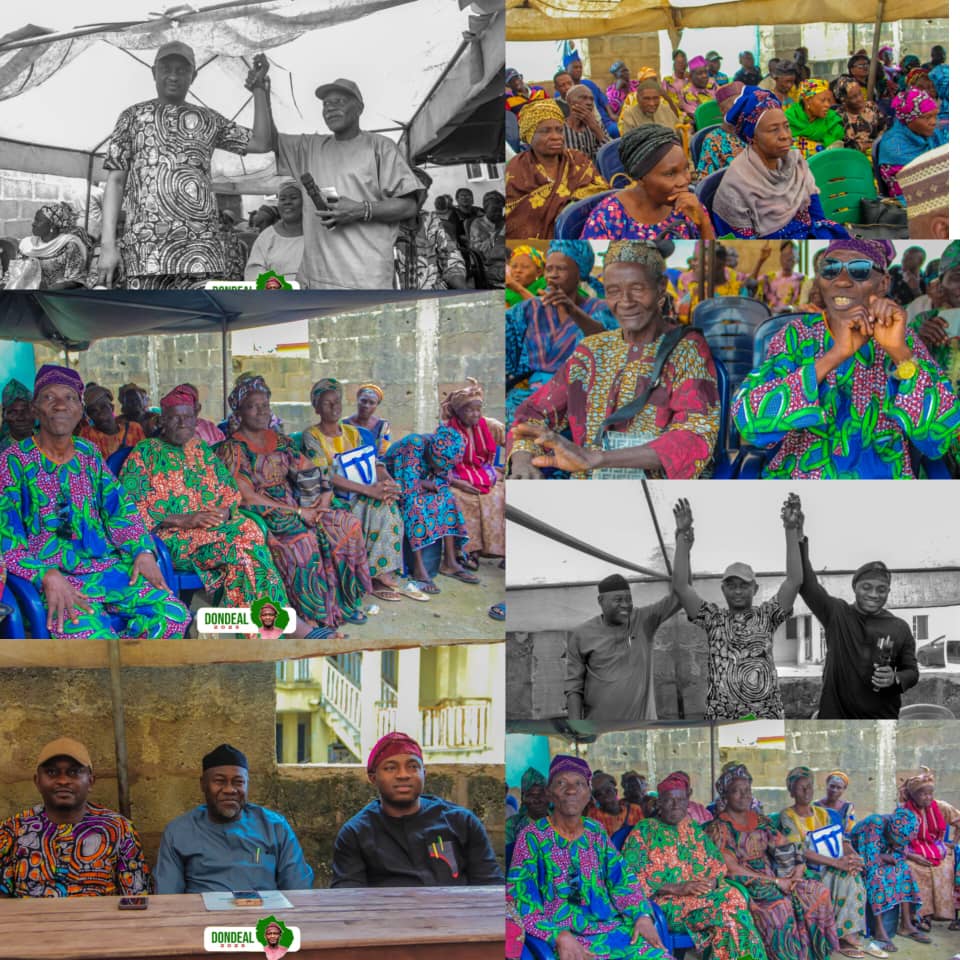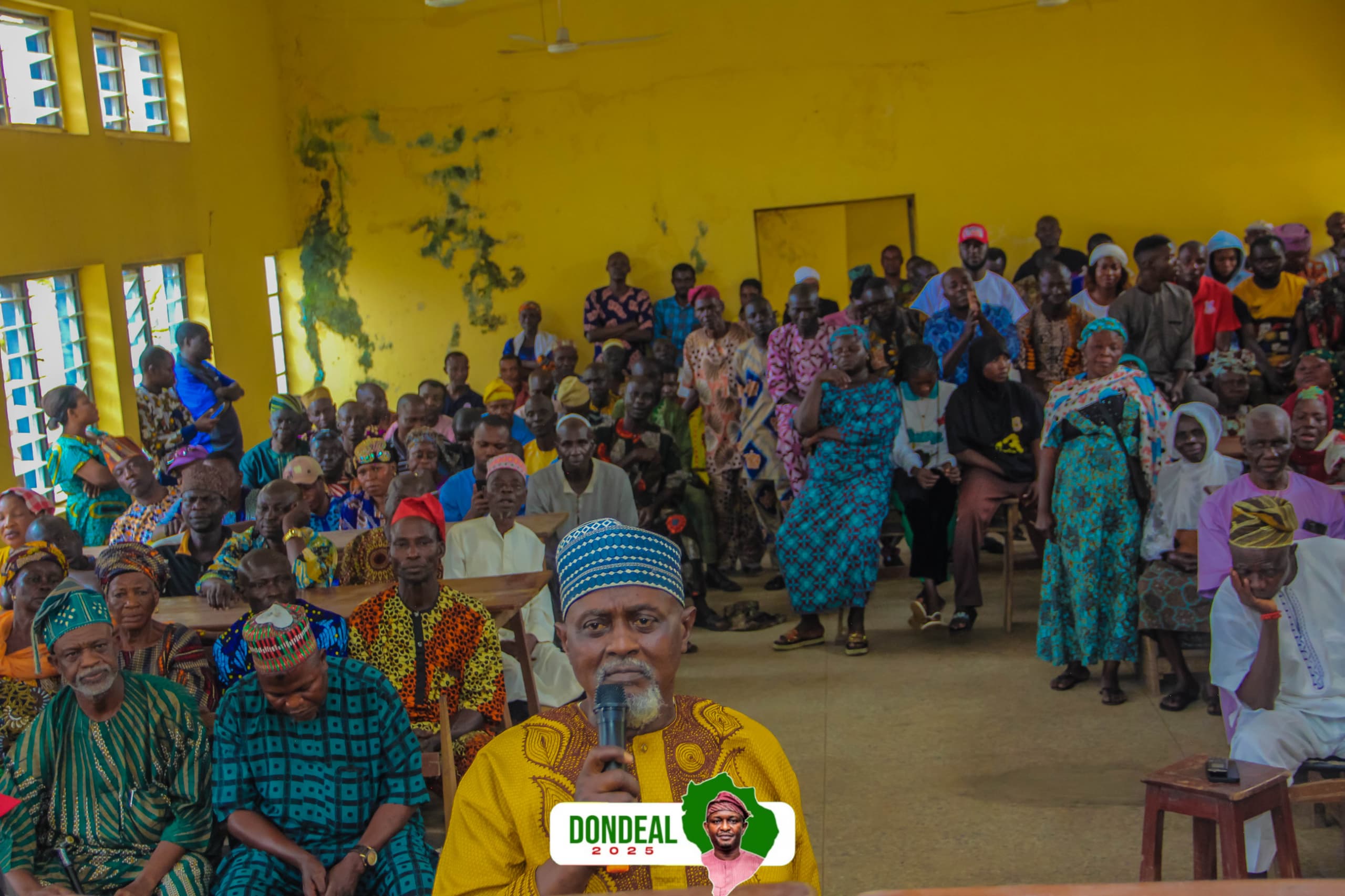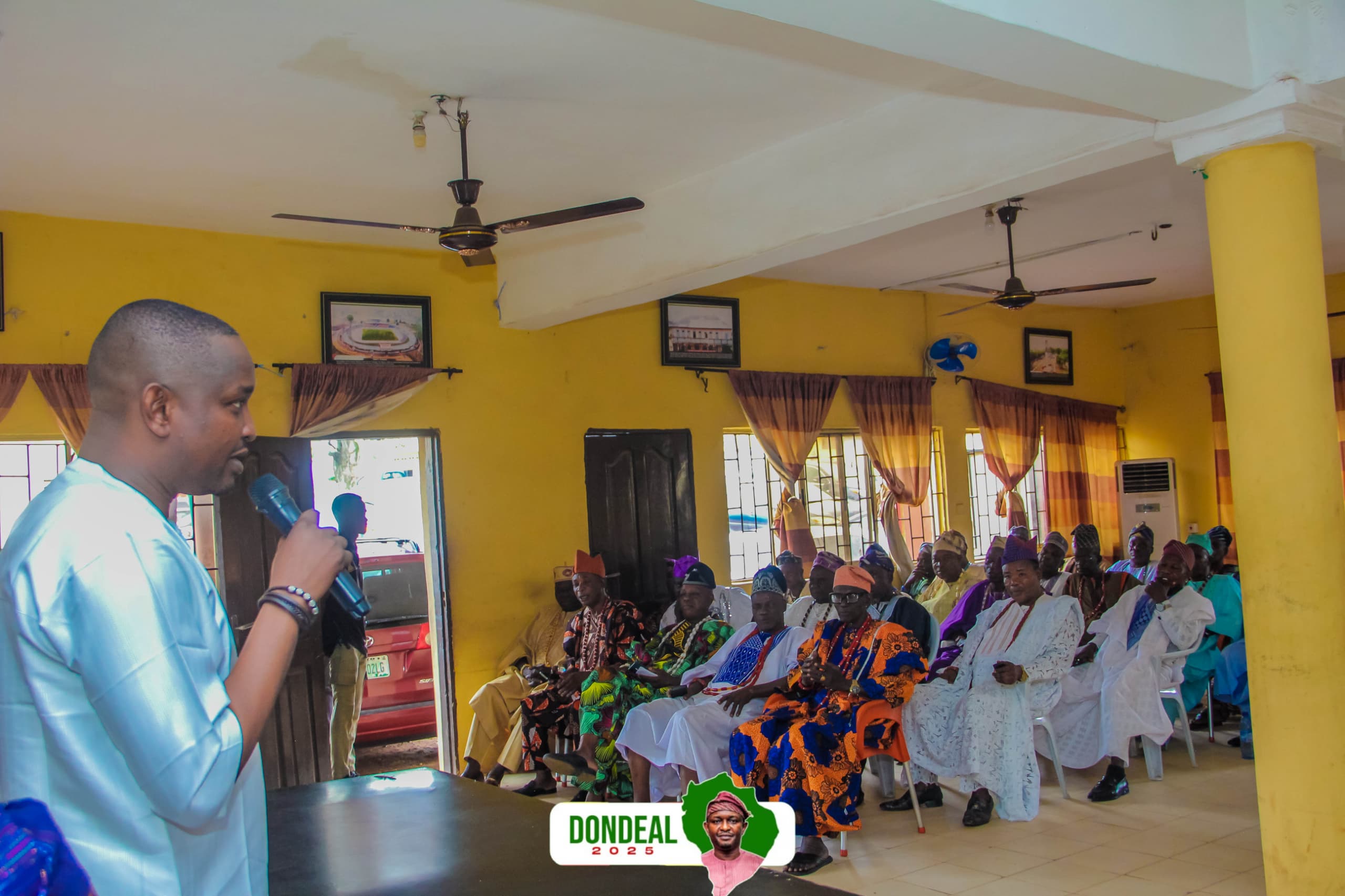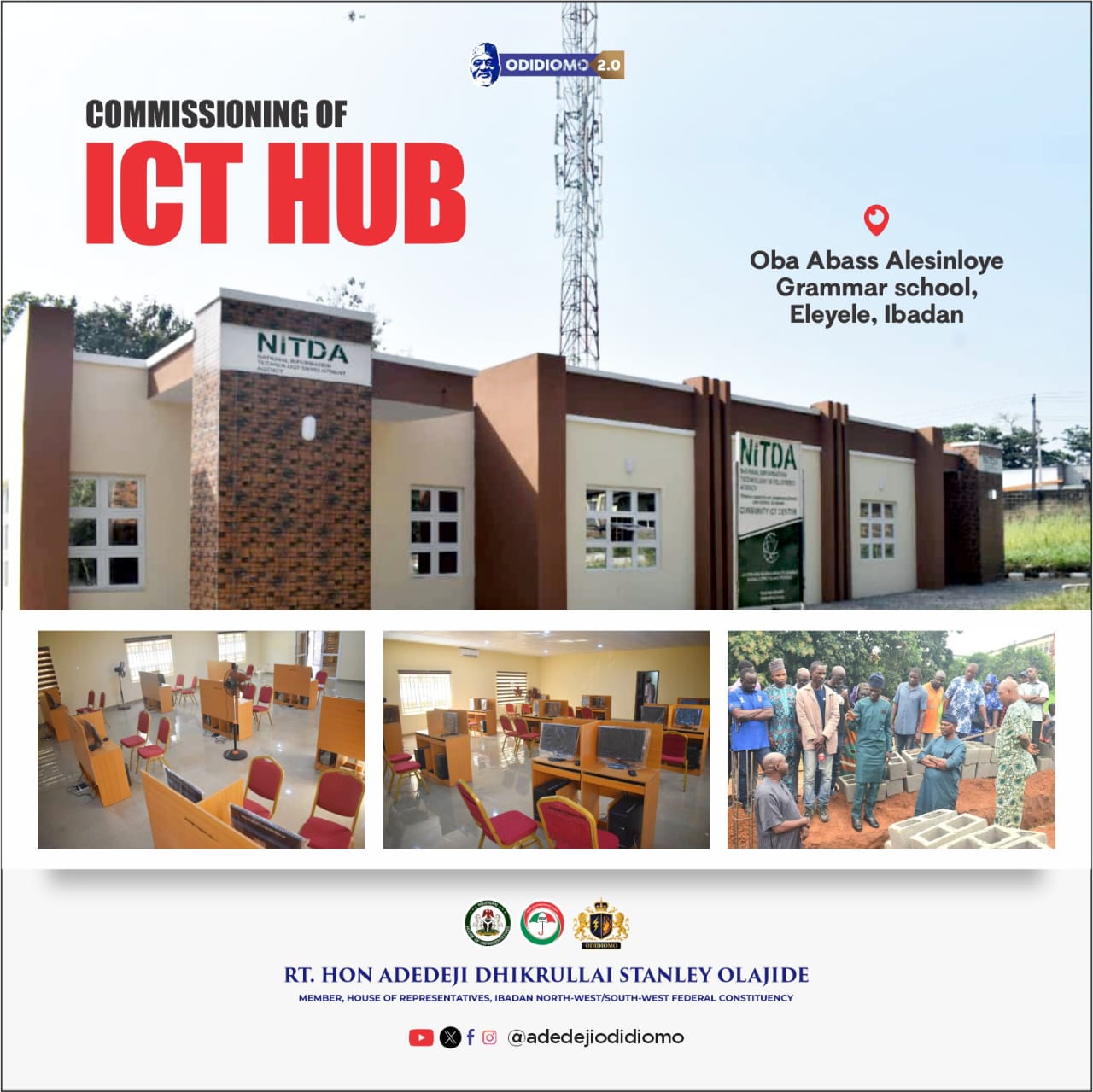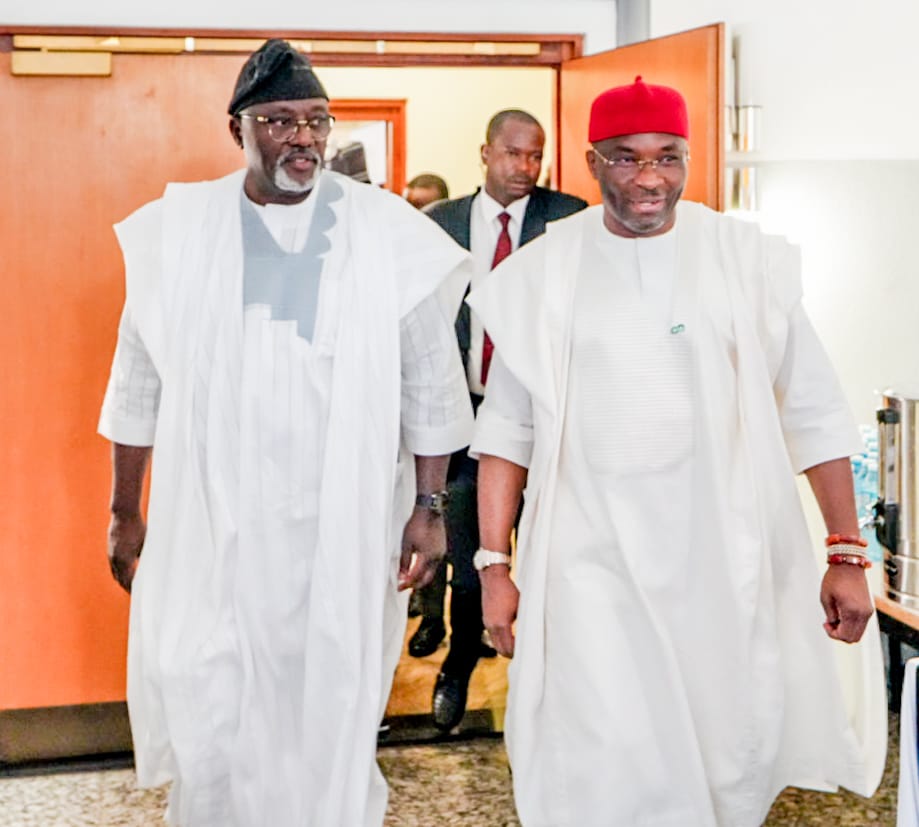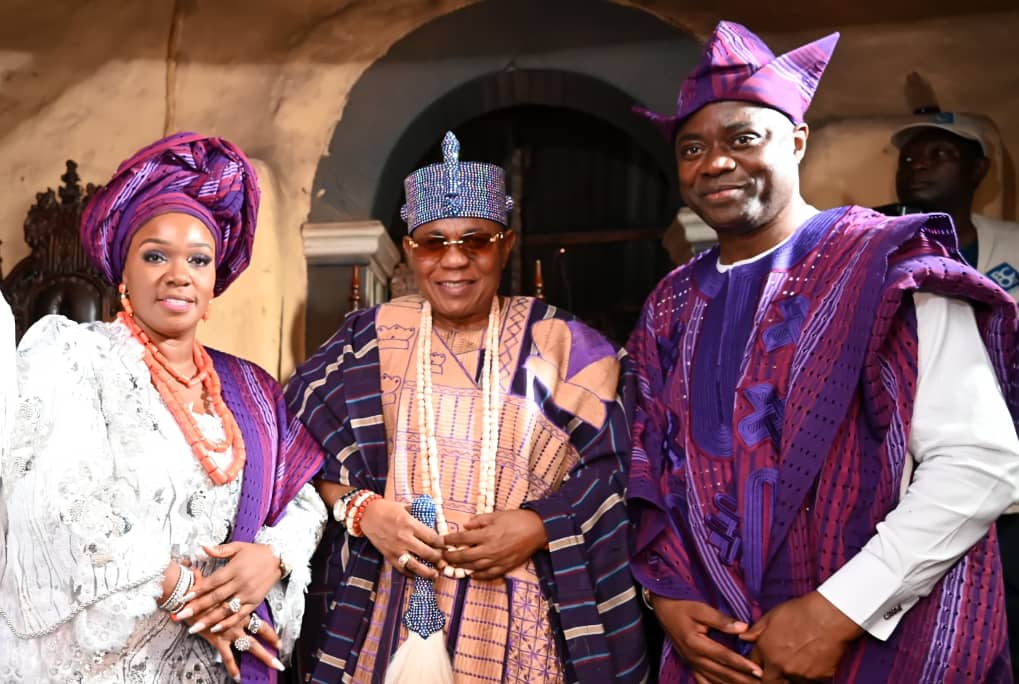4.1% UNEMPLOYMENT RATE IN NIGERIA: A GLARING CHASM BETWEEN NUMBERS AND PEOPLE’S STRUGGLES
4.1% UNEMPLOYMENT RATE IN NIGERIA: A GLARING CHASM BETWEEN NUMBERS AND PEOPLE’S STRUGGLES
By
Moshood, Oshunfurewa Adebola
Data Analyst, Mathematicians and Member of Youth Rights Campaign (YRC)


The recent revelation of fresh employment figures in Nigeria has ignited a resounding uproar across the social and mainstream media, reverberating through every corner of our nation. This phenomenon has also brought forth a vigorous discourse spearheaded by the Nigerian Bureau of Statistics (NBS), seeking to validate these new statistics through the prism of the International Labour Organization’s (ILO) novel methodology.
However, we must contextualize the intrinsic purpose of these economic indicators. Their essence transcends mere numerical tabulations of individuals who harbor the willingness to contribute but find themselves ensnared by the web of unemployment. Rather, these indicators serve as a litmus test for gauging the vitality of our nation’s economic fabric and elucidating the latent opportunities that beckon both local and foreign investors. These figures strive to illuminate the potential of purchasing power parity as a conduit for investment in our nation.
You may miss:FG Begins Registration of Jobless Persons(See Details)
It’s worth noting, with a sense of intrigue, that the NBS refrains from attributing the decline in the unemployment rate from nearly half of the population in the fourth quarter of 2022 to the current 4.1% to the trajectory of economic progress or policy maneuvers embraced by the prior President Buhari administration and the ongoing stewardship of President Bola Ahmed Tinubu’s All Progressive Congress (APC).
The experiences of Nigerians throughout these regimes have been exacerbated by the trials of economic adversity stemming from policies that seemed to disproportionately affect the common citizenry, including cashless transactions, the abolishment of fuel subsidies, and the poignant devaluation of our national currency.
Moreover, let us emphasize that the ILO methodology is not an alien construct in these deliberations. It constitutes a structured framework that endeavors to encompass not just working hours but also the scourge of labor-induced impoverishment and the intricate distribution of labor-derived income. This construct acknowledges the economic fabric’s resiliency and grapples with the far-reaching ramifications of the COVID-19 pandemic on the global labor force. This underscores that the methodology itself is not the crux of the matter; rather, the opacity of the dataset and sampling techniques employed by the NBS raises pertinent questions regarding their alignment with the actual state of employment and unemployment in Nigeria.
An imperative question demanding our attention pertains to the juxtaposition of statistical correlation and significance vis-à-vis the living standards and working conditions endured by the employed populace. Consider this: while online job report platforms meticulously document the fluctuations of job prospects and employment trajectories daily, these platforms remain largely elusive to both educated and semi-literate Nigerians, not to mention those residing in rural landscapes spanning both formal and informal sectors.
The palpable truth emerges: the recorded unemployment rate conspicuously diverges from the lived experiences of the masses—those toiling and those yearning for employment alike. This incongruity not only fails to project the economic indices pivotal for nurturing investor trust, both local and foreign, but also disregards the collective potential that underpins our nation’s overall productivity capacity. It is incumbent upon us all to confront the unembellished reality of economic estimation, for failure to do so could see us collectively teeter on a metaphorical powder keg. The Nigerian populace endures undue suffering, yearning for gainful employment—such is the unassailable reality that confronts us.

